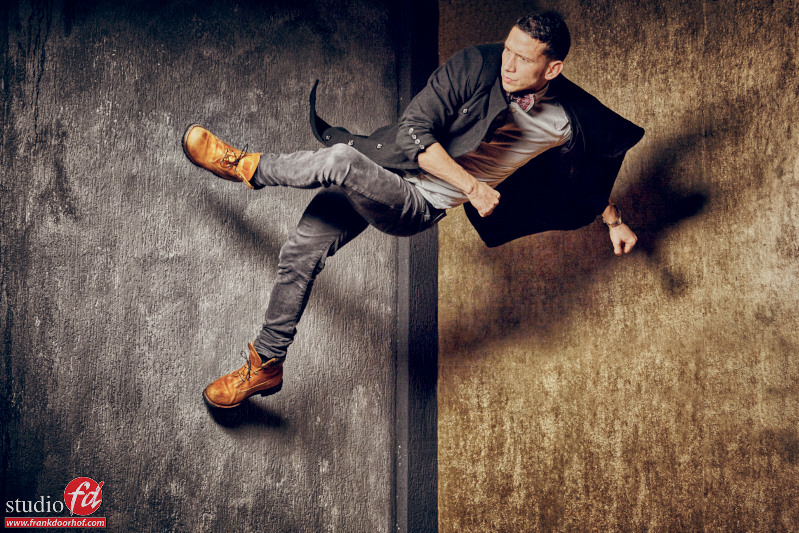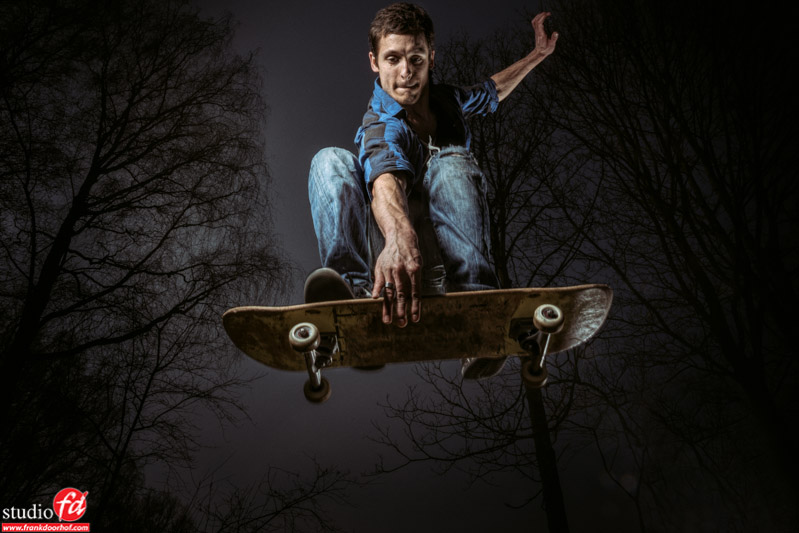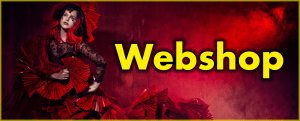Don’t you just love motion
One of the things I absolutely LOVE to do is adding motion to a shot, especially freezing it.
For my classic portraiture series I’m working with some artists and actors to build a small series and one of the people on my list was Lorenzo.
Now maybe you know Lorenzo from “So you think you can dance” and the movie “Body Language” and if you do, you know this boy can move….
Lorenzo was more than willing to pose for the classic portraits (which I show later in the week), but he also had some cool ideas himself, and when a dancer has some ideas… well just go with it.
Today some of the results from that session.





